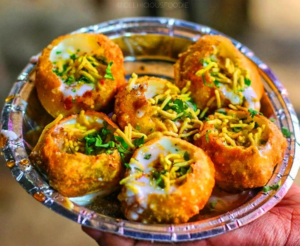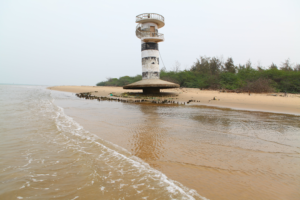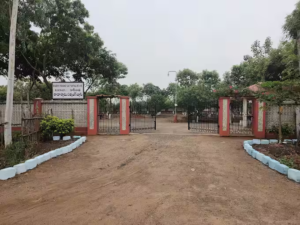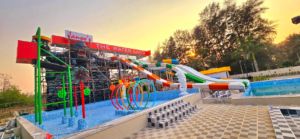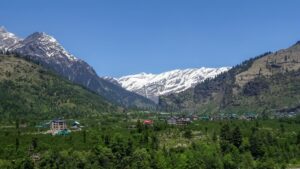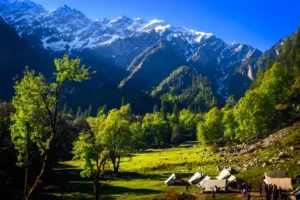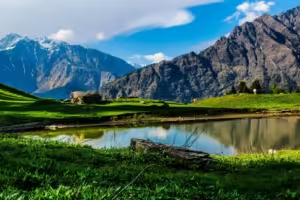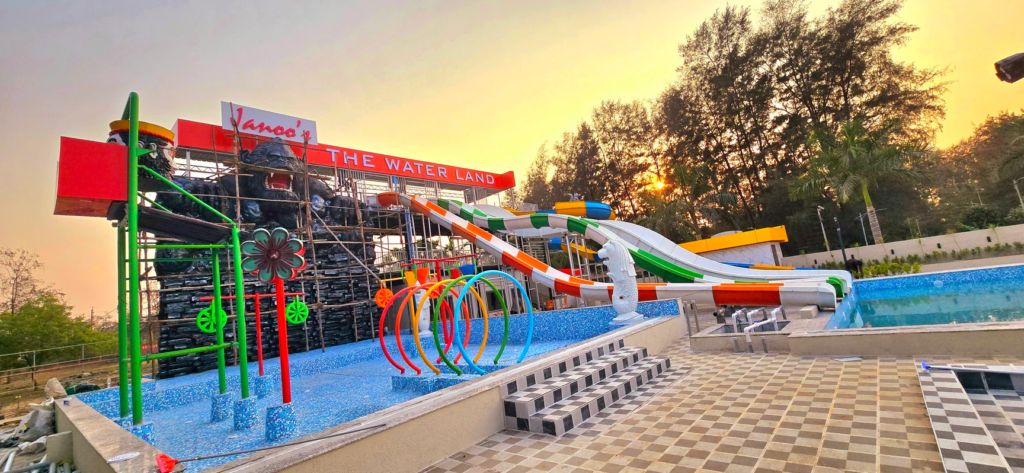Himachal Pradesh, nestled in the heart of the Western Himalayas, is a land of breathtaking landscapes and rich cultural heritage. The state’s festivals are a vibrant reflection of its diverse traditions, religious beliefs, and the deep connection its people share with nature. These celebrations offer visitors a unique glimpse into the soul of Himachal Pradesh, bringing together music, dance, food, and age-old rituals. Let’s embark on a journey through the most significant cultural festivals of this mountain state.
- Kullu Dussehra
When: October (dates vary according to the Hindu calendar)
Where: Kullu Valley
Kullu Dussehra is perhaps the most famous festival of Himachal Pradesh, attracting thousands of visitors from across India and abroad. Unlike the Dussehra celebrated in other parts of India, which typically lasts for 10 days, the Kullu Dussehra extends for a week beyond the usual ten days.
Key Features:
- Rath Yatra: The festival begins with a grand procession of Lord Raghunath (the presiding deity of the Kullu Valley) in an ornate chariot.
- Gathering of Deities: Over 200 local deities are brought to Kullu in palanquins to pay homage to Lord Raghunath.
- Cultural Performances: The week-long celebration includes folk dances, music performances, and theatrical presentations.
- International Folk Dance Festival: This event showcases folk dances from different parts of India and the world.
- Fair and Markets: A large fair is organized, offering local handicrafts, food, and other items.
Historical Significance: The festival dates back to the 17th century when Raja Jagat Singh installed an idol of Lord Raghunath in Kullu to atone for his sins.
- Mandi Shivratri Fair
When: February/March (dates vary according to the Hindu calendar)
Where: Mandi
The Mandi Shivratri Fair is a unique celebration of Lord Shiva that lasts for seven days. It’s known for its grand processions and the coming together of local deities.
Key Features:
- Procession of Deities: Over 200 deities from surrounding villages are brought to Mandi in decorated palanquins.
- Cultural Performances: The fair includes folk dances, music, and drama performances.
- Traditional Sports: Competitions in traditional sports like wrestling are organized.
- Craft Fair: A large market showcases local handicrafts and produce.
Historical Significance: The fair originated in 1526 when Mandi was established, blending the Shivratri celebration with a trade fair to boost the local economy.
- Lohri
When: January 13th
Where: Celebrated across Himachal Pradesh, especially in areas bordering Punjab
Lohri marks the end of winter and is celebrated with great enthusiasm, especially in the lower hills of Himachal Pradesh.
Key Features:
- Bonfire: The central ritual involves lighting a bonfire and offering peanuts, popcorn, and sweets to the fire.
- Folk Songs and Dance: People gather around the bonfire, singing traditional songs and performing folk dances.
- Feasting: Special dishes like sarson ka saag, makki ki roti, and til ki chirvi are prepared.
Cultural Significance: Lohri celebrates the winter solstice and is associated with the harvest of winter crops.
- Halda Festival
When: September (dates may vary)
Where: Chamba
The Halda Festival is a unique celebration in Chamba, marking the defeat of evil forces by the local deity, Sui Mata.
Key Features:
- Procession: A colorful procession of the local deity is taken out through the town.
- Folk Performances: Traditional music and dance performances are organized.
- Flower Offerings: People offer seasonal flowers to the deity.
Historical Significance: The festival commemorates the sacrifice of Rani Sui Mata, who gave her life to ensure water supply to Chamba town.
- Minjar Fair
When: July/August (dates may vary)
Where: Chamba
The Minjar Fair is a week-long celebration marking the end of the plantation season in the Chamba Valley.
Key Features:
- Minjar Procession: People wear silk tassels (minjars) representing the corn silk, which are later offered to the river.
- Cultural Programs: The fair includes folk dance performances, music concerts, and craft exhibitions.
- Sports Competitions: Various traditional and modern sports events are organized.
Historical Significance: The fair dates back to the 10th century and was started to celebrate a local king’s victory in battle.
- Lahaul Losar
When: December/January (dates vary according to the Tibetan calendar)
Where: Lahaul Valley
Losar is the Tibetan New Year, celebrated with great fervor in the Lahaul Valley of Himachal Pradesh.
Key Features:
- Monastery Rituals: Special prayers and rituals are performed in local monasteries.
- Mask Dances: Colorful mask dances (Cham dances) are performed by lamas.
- Feasting: Traditional Tibetan dishes are prepared and shared.
Cultural Significance: Losar blends Buddhist spiritual practices with local Lahuli traditions, marking the start of a new year.
- Doongri Fair
When: August
Where: Manali
The Doongri Fair is dedicated to Goddess Hadimba, the patron deity of Manali.
Key Features:
- Procession: A colorful procession of the goddess is taken out from her temple.
- Animal Sacrifice: Traditionally, animal sacrifices were made, though this practice is now discouraged.
- Cultural Performances: Local folk dances and music performances are organized.
Historical Significance: The fair is associated with the legend of Bhima (from Mahabharata) and his wife Hidimba, who is worshipped as a goddess in the region.
- Renuka Fair
When: November (dates vary according to the Hindu calendar)
Where: Renuka Lake, Sirmaur District
This fair is dedicated to Goddess Renuka and coincides with the Dashera celebrations.
Key Features:
- Holy Dip: Devotees take a holy dip in Renuka Lake.
- Procession: A procession of local deities is taken out around the lake.
- Cultural Programs: Folk dance and music performances are organized.
Mythological Significance: The fair is associated with the legend of Goddess Renuka, mother of sage Parshuram.
- Bhoj Fair
When: September
Where: Narkanda, Shimla District
The Bhoj Fair is a unique celebration dedicated to cedar trees (Bhoj Patra), which have significant cultural and medicinal value in the region.
Key Features:
- Tree Worship: Rituals are performed to worship cedar trees.
- Cultural Performances: Traditional Pahari dances and songs are performed.
- Local Cuisine: A variety of local dishes are prepared and shared.
Ecological Significance: The fair highlights the importance of cedar trees in the local ecosystem and traditional medicine.
- Chrewal Fair
When: May
Where: Rohru, Shimla District
This fair is dedicated to Lord Shiva and is known for its unique rituals.
Key Features:
- Deity Procession: Idols of local deities are brought to the Shiva temple.
- Rope Sliding: A unique ritual where people slide down a rope from a cliff.
- Cultural Programs: Folk dance and music performances are organized.
Historical Significance: The fair has its roots in local legends and showcases the unique traditions of the Rohru region.
- Maha Shivaratri at Mandi
When: February/March (dates vary according to the Hindu calendar)
Where: Mandi
While Maha Shivaratri is celebrated across India, the celebrations in Mandi are particularly grand and unique.
Key Features:
- Gathering of Deities: Over 200 local deities are brought to Mandi to pay homage to Lord Shiva.
- Night-long Vigil: Devotees keep a night-long vigil, offering prayers to Lord Shiva.
- Cultural Performances: Traditional music and dance performances are organized.
Historical Significance: The celebration in Mandi dates back to 1526 when the town was founded, blending religious devotion with cultural festivities.
- Pori Fair
When: August
Where: Rohru, Shimla District
The Pori Fair is a vibrant celebration of local deities and cultural traditions.
Key Features:
- Deity Processions: Local deities are carried in decorated palanquins.
- Oracle Ceremonies: Traditional oracle ceremonies are performed.
- Folk Performances: Local folk dances and music are showcased.
Cultural Significance: The fair is an important event for the local community, reinforcing social bonds and cultural identity.
- Lavi Fair
When: November
Where: Rampur, Shimla District
The Lavi Fair is one of the oldest trade fairs in Himachal Pradesh, known for its bustling markets and cultural events.
Key Features:
- Trade Fair: A large market is set up, selling everything from local handicrafts to livestock.
- Cultural Programs: Folk dance and music performances are organized.
- Traditional Sports: Competitions in traditional sports are held.
Historical Significance: The fair dates back to the time when Rampur was an important trading post on the old Indo-Tibetan trade route.
Preparing for Festival Visits:
- Timing: Check the exact dates of festivals, as many follow the lunar calendar and dates may vary each year.
- Accommodation: Book accommodations in advance, as popular destinations can get crowded during festivals.
- Dress Code: Respect local customs and dress modestly, especially when visiting temples or participating in religious events.
- Photography: Always ask for permission before photographing people or religious ceremonies.
- Local Cuisine: Festivals are a great time to try local specialties, but be cautious with street food if you have a sensitive stomach.
- Transport: Plan your travel well in advance, as public transport can get crowded during festival times.
- Respect Local Customs: Each festival has its own set of traditions and customs. Take time to learn about them and participate respectfully.
The cultural festivals of Himachal Pradesh offer a vibrant window into the rich tapestry of traditions, beliefs, and way of life in this mountain state. From the grand processions of Kullu Dussehra to the intimate community celebrations of village fairs, these festivals showcase the diversity and depth of Himachali culture.
These celebrations are not just events on a calendar; they are living, breathing manifestations of Himachal’s cultural heritage. They serve as a bridge between the past and the present, keeping ancient traditions alive while adapting to modern times. For visitors, these festivals offer a unique opportunity to immerse themselves in the local culture, to witness age-old rituals, to taste traditional cuisines, and to experience the warmth and hospitality of the Himachali people.
Moreover, these festivals play a crucial role in preserving and promoting the traditional arts, crafts, and performing arts of the region. They provide a platform for local artisans and performers to showcase their skills, ensuring that these art forms continue to thrive.
As you plan your visit to Himachal Pradesh, consider timing it to coincide with one of these festivals. Whether you’re watching the grand procession of deities at Kullu Dussehra, joining in the bonfire celebrations of Lohri, or exploring the bustling markets of the Lavi Fair, you’re sure to come away with unforgettable memories and a deeper appreciation of Himachali culture.
Remember, as a visitor, you’re not just a spectator but a participant in keeping these traditions alive. Approach each festival with an open mind and heart, ready to learn, experience, and celebrate. The mountains of Himachal Pradesh are calling, and their festivals promise a celebration like no other!

